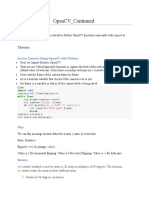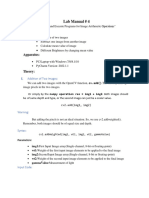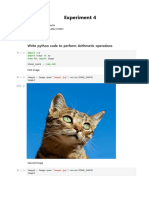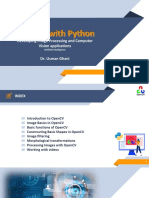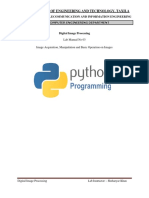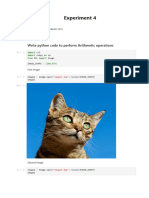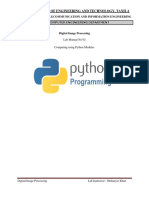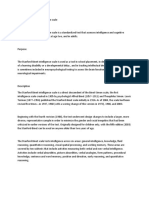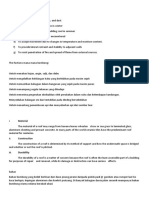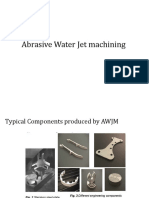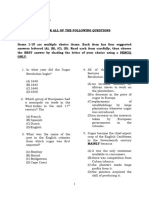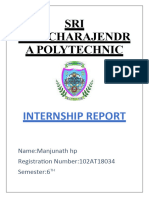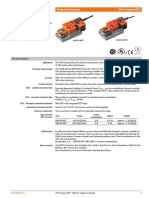0% found this document useful (0 votes)
84 views12 pagesImage Processing Lab Guide
This document provides instructions for students on performing various mathematical operations, geometric transformations, and image registration using OpenCV in Python. It covers adding and subtracting images, logical bitwise operations on binary images, and geometric transformations including scaling, translation, and rotation. Equations for calculating transformation matrices for translation and rotation are provided, along with code examples for each type of operation.
Uploaded by
myfirstCopyright
© © All Rights Reserved
We take content rights seriously. If you suspect this is your content, claim it here.
Available Formats
Download as PDF, TXT or read online on Scribd
0% found this document useful (0 votes)
84 views12 pagesImage Processing Lab Guide
This document provides instructions for students on performing various mathematical operations, geometric transformations, and image registration using OpenCV in Python. It covers adding and subtracting images, logical bitwise operations on binary images, and geometric transformations including scaling, translation, and rotation. Equations for calculating transformation matrices for translation and rotation are provided, along with code examples for each type of operation.
Uploaded by
myfirstCopyright
© © All Rights Reserved
We take content rights seriously. If you suspect this is your content, claim it here.
Available Formats
Download as PDF, TXT or read online on Scribd
/ 12
